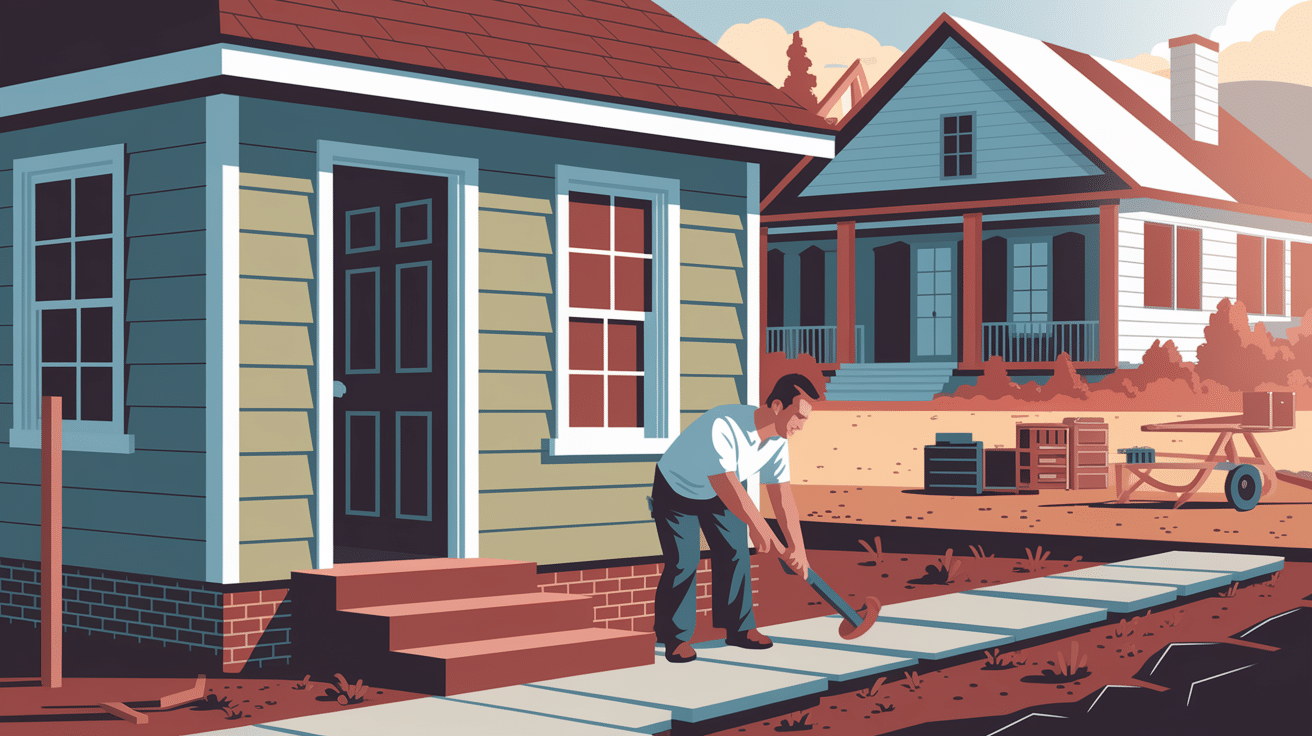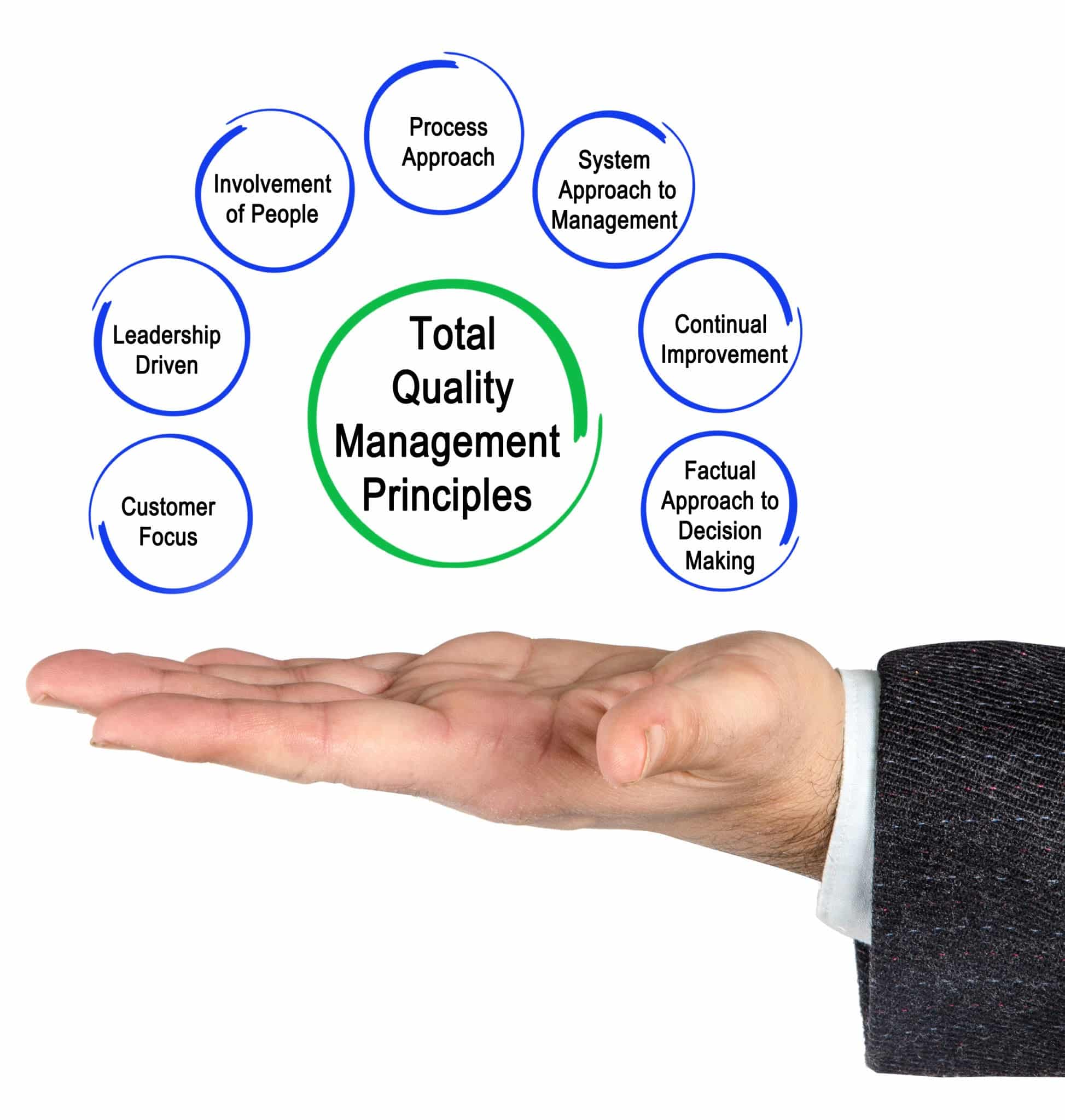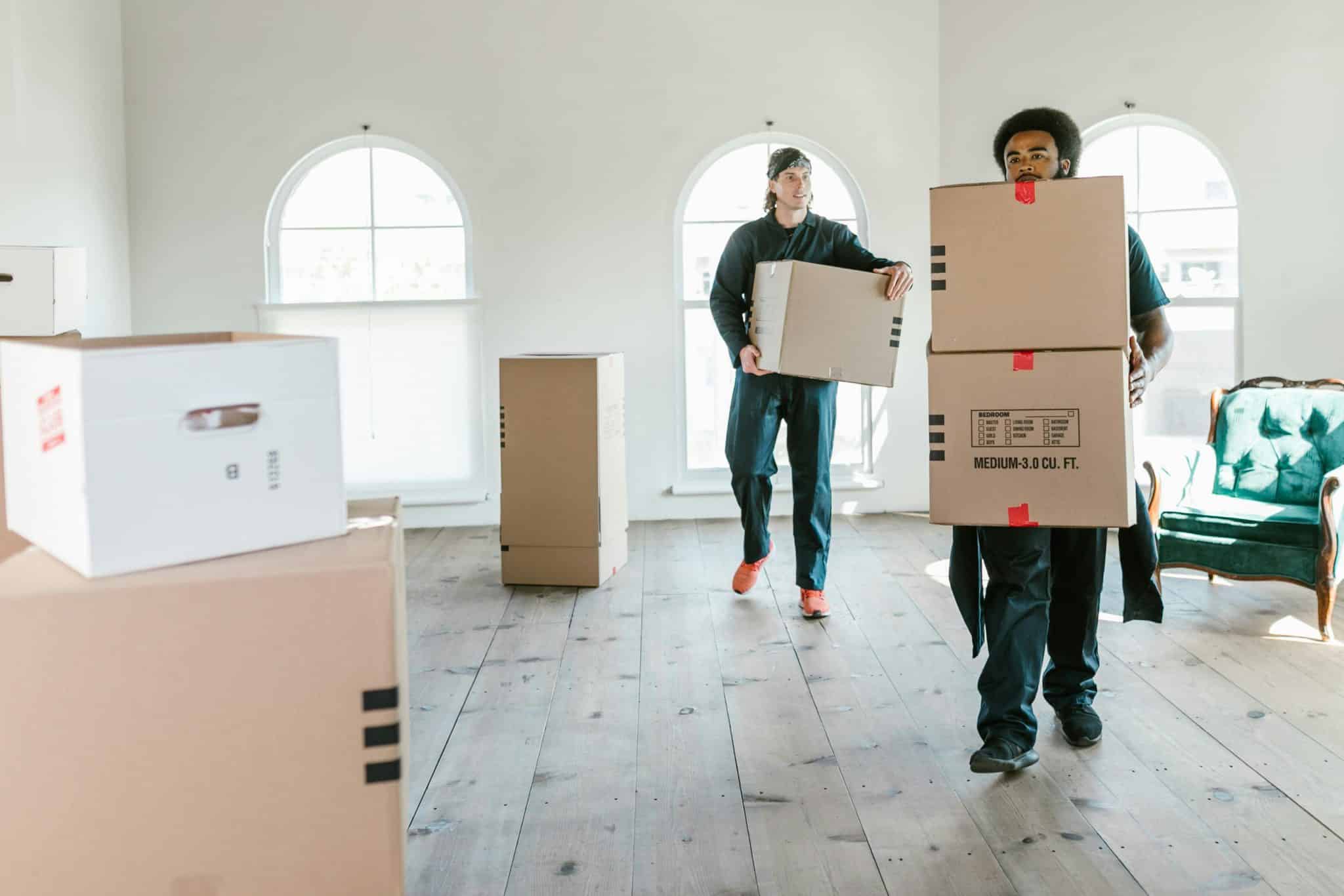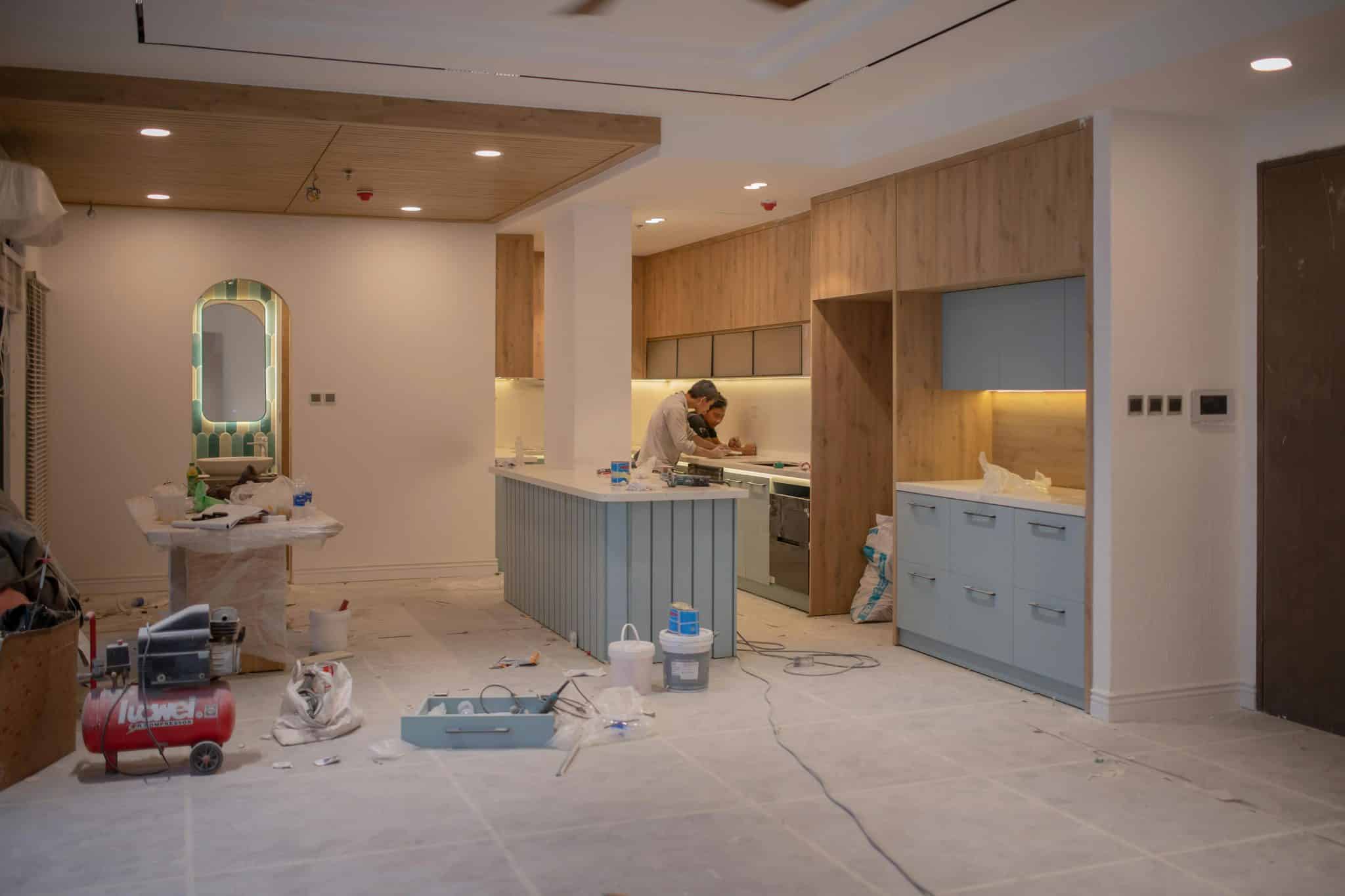Foundation problems can turn your dream home into a nightmare. Cracks in walls, doors that won’t close, and uneven floors are warning signs that many homeowners ignore until it’s too late.
But here’s what most people don’t know: Foundation issues don’t just affect your home’s appearance—they can slash your property value by up to 20% and create serious safety risks for your family.
The good news? Foundation stabilization can solve these problems and protect your biggest investment.
Modern techniques can stop foundation movement, prevent future damage, and restore your home’s structural integrity.
In this guide, you’ll learn what causes foundation problems in the first place. These proven stabilization methods work, how foundation repair can increase your home’s value, and when to call professionals versus trying DIY fixes.
Don’t let foundation issues destroy your home’s value and your peace of mind.
What Is Foundation Stabilization?
It is a comprehensive process that strengthens and supports your home’s foundation to prevent movement and structural damage.
This technique involves installing specialized systems like piers, anchors, or underpinning to transfer your home’s weight to more stable soil or bedrock layers.
The primary goal is to stop ongoing foundation settlement and restore your home to its original position when possible.
It provides three key benefits:
- Protects against long-term structural damage that can compromise safety
- Maintains and increases your property value by ensuring foundation health
- Reduces future repair costs by addressing problems before they worsen
It is vital as it protects your home’s structural integrity, keeps your investment safe, and can enhance or maintain your property’s value.
Investing in foundation stabilization now prevents much more expensive repairs down the road; what might cost a few thousand dollars today could turn into tens of thousands if left untreated.
What Causes Foundation Issues?
Foundation problems stem from several key factors that homeowners often overlook. Soil movement is the biggest culprit, especially expansive clay soils that swell when wet and shrink when dry, creating constant pressure on your foundation.
Water damage from poor drainage, flooding, or leaky pipes can weaken the soil around your foundation and cause serious structural issues. Tree roots growing too close to your home can also shift soil and create pressure points.
Additionally, natural settling occurs over time due to the weight of your home or original construction flaws.
You’ll know you have foundation problems when you spot cracks in walls and floors, notice doors and windows that won’t close properly, see gaps forming around openings, or observe that your floors feel uneven.
These warning signs often start small but can quickly become major structural concerns if left untreated.
Foundation Stabilization Techniques
Modern foundation repair offers several proven methods to restore your home’s structural integrity and prevent future damage.
1. Piering and Shoring
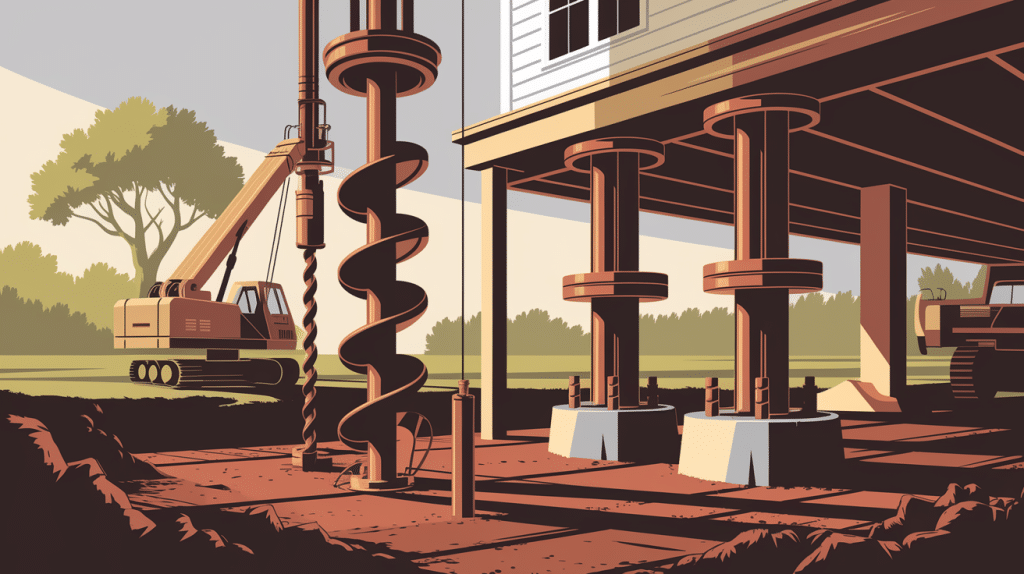
Piering systems transfer your home’s weight from unstable soil to solid bedrock or stable soil layers deep underground. Professional contractors drill steel piers into the ground until they reach load-bearing strata, then use hydraulic jacks to lift and stabilize your foundation.
Key piercing methods include:
- Helical piers that screw into the ground like large screws
- Push piers that are driven straight down to bedrock
- Concrete piers for lighter structures and specific soil conditions
Note: Piering works best for homes with significant settling and provides permanent stabilization.
2. Polyurethane Foam Injection
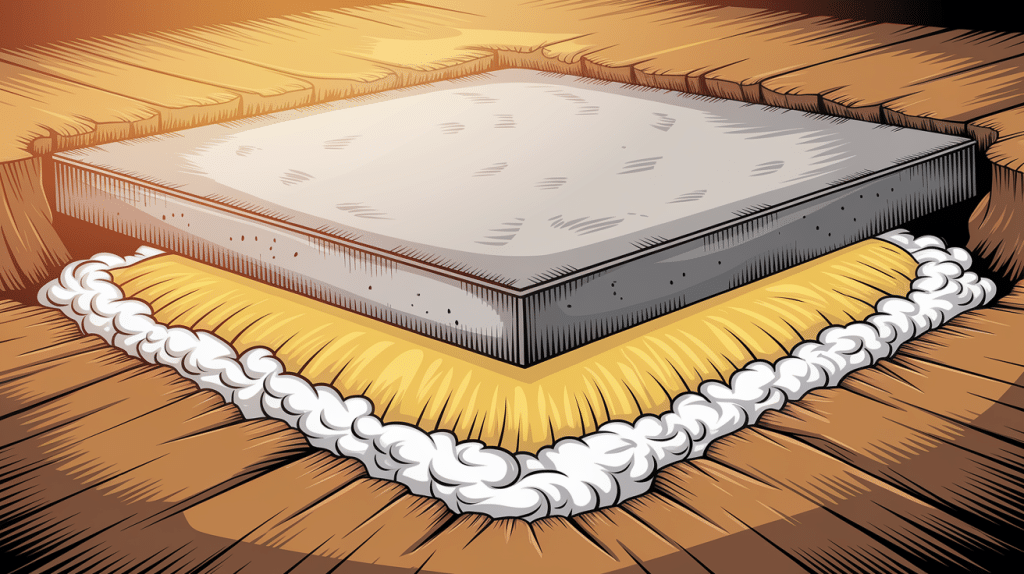
Foam injection involves pumping expanding polyurethane foam beneath your foundation to fill voids and lift settled areas. This method requires minimal excavation and can be completed in just a few hours, making it ideal for minor settling issues.
Foam injection benefits:
- Less invasive than traditional methods with minimal yard disruption
- Faster completion time, often finished in one day
- Cost-effective solution for minor foundation problems
Note: Best suited for concrete slabs and areas with minor settling rather than major structural issues.
3. Underpinning
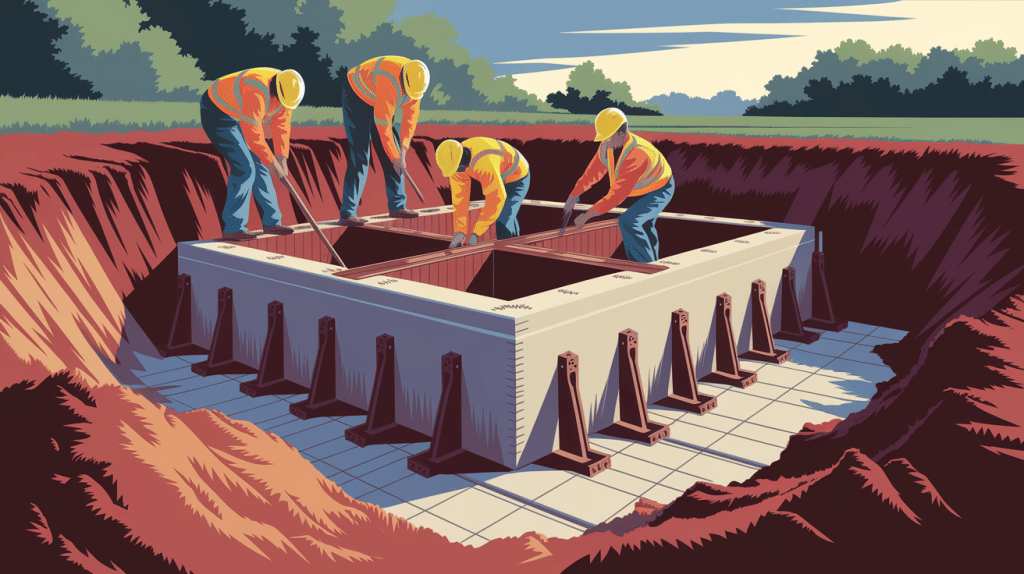
Underpinning strengthens your existing foundation by extending it deeper into stable soil or adding additional support structures. This method involves excavating around your foundation and installing new concrete or steel supports to bear the load.
Underpinning applications:
- Extending foundation depth to reach stable soil
- Adding mass concrete or steel beams for extra support
- Reinforcing foundations before adding upper floors
Note: Underpinning is labor-intensive but provides excellent long-term stability for severe foundation problems.
4. Soil Stabilization
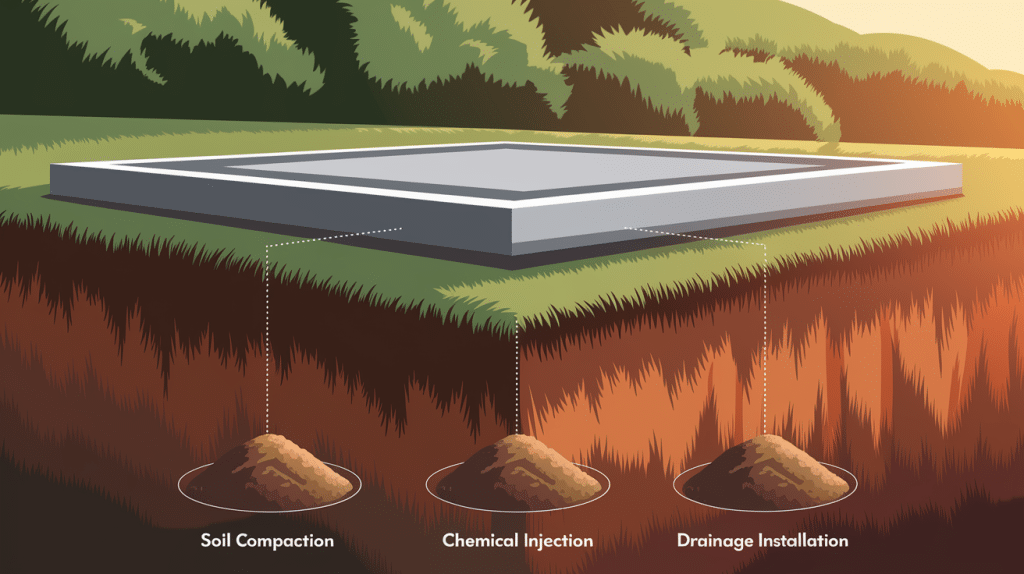
Soil stabilization treats the ground beneath your foundation to prevent future movement and settling. Techniques include compacting loose soil, injecting chemical stabilizers, or installing drainage systems to control moisture levels.
Common soil stabilization methods:
- Mechanical compaction to increase soil density
- Chemical injection to bind soil particles together
- Drainage installation to control water content
Note: Soil stabilization works best as a preventive measure or alongside other foundation repair methods.
5. Foundation Repair with Reinforcement
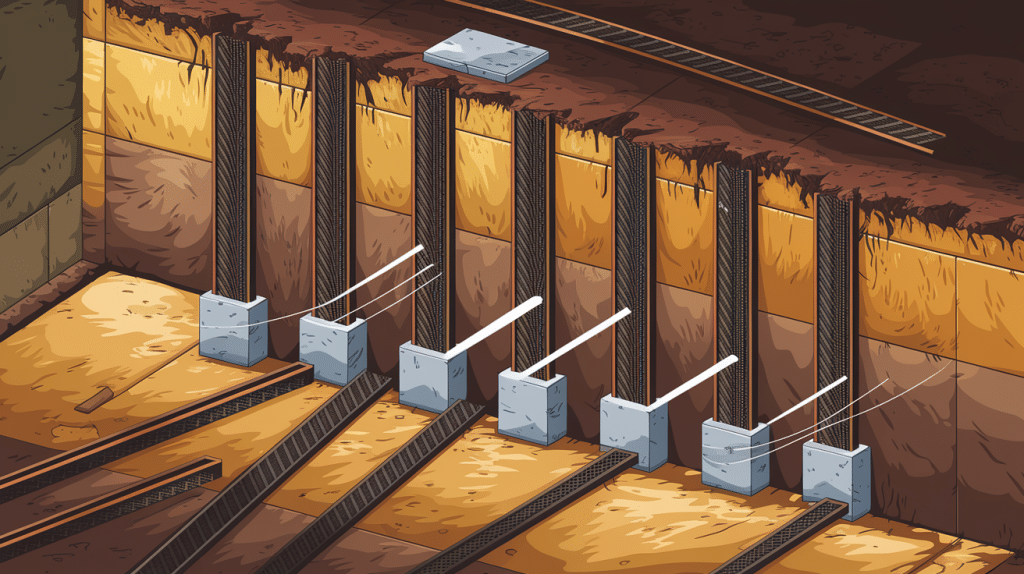
Foundation reinforcement adds steel bars, carbon fiber strips, or concrete buttresses to strengthen weak foundation walls. This method is particularly effective for basement walls showing signs of bowing or cracking due to soil pressure.
Reinforcement options include:
- Steel I-beams installed against basement walls
- Carbon fiber strips bonded to foundation walls
- Concrete buttresses for additional lateral support
Note: Reinforcement is ideal for foundation walls under pressure but may not address underlying soil problems.
Foundation Stabilization Method Selection Guide
Choosing the right method can save you thousands of dollars and prevent future structural problems.
| FOUNDATION TYPE | SOIL TYPE | MINOR ISSUES | MODERATE ISSUES | SEVERE ISSUES | TIMELINE | SPECIAL NOTES |
|---|---|---|---|---|---|---|
| Concrete Slab | All soils | Foam injection | Helical piers | Push piers | 1-7 days | Most versatile option |
| Crawl Space | Clay/Sandy | Soil stabilization | Helical piers | Full underpinning | 2-14 days | Requires access to space |
| Basement | Stable/Drained | Reinforcement | Steel support | Major piercing | 3-21 days | Higher excavation costs |
Issue Severity Indicators:
- Minor: Small cracks, slight door sticking
- Moderate: Multiple cracks, uneven floors
- Severe: Large cracks, significant settling
Soil Challenges:
- Clay: Expansion/contraction issues
- Sandy: Poor load-bearing capacity
- Rocky: Difficult excavation, higher costs
Always consult a structural engineer for proper assessment, as combining multiple methods often provides the best long-term results.
With the right stabilization method for your specific situation, you can protect your home’s structural integrity and avoid costly repairs down the road.
Cost of Foundation Stabilization
Its costs vary significantly based on your specific situation, but understanding the key factors helps you budget effectively and make informed decisions about protecting your home.
Factors Affecting Cost
Your foundation type directly impacts repair costs, with concrete slabs typically being the most affordable to stabilize and full basement foundations requiring more extensive work.
The stabilization method you choose plays a major role in pricing foam injection might cost $3,000-$8,000 for minor issues, while extensive piering systems can range from $15,000-$30,000 for severe problems.
The extent of damage determines both the scope of work and final cost, as minor settling requires less intervention than major structural failure.
Key cost factors include:
- Foundation type and accessibility for equipment and workers
- Chosen stabilization method and complexity of installation
- Extent of damage and number of problem areas requiring repair
Geographic location, soil conditions, and local labor costs also significantly influence total project expenses.
Is Foundation Stabilization Worth the Investment?
It delivers substantial long-term savings by preventing minor issues from becoming major structural disasters.
A $10,000 investment in stabilization today can save you $50,000 or more in extensive repairs if foundation problems continue to worsen.
Additionally, a stable foundation maintains your property value and can increase it by 10-15%, making your home more attractive to potential buyers who see recent foundation work as a selling point rather than a red flag.
Investment benefits include:
- Long-term savings by preventing expensive major repairs
- Improved property value and marketability for future sales
- Enhanced safety and structural integrity for your family
Most of the work comes with warranties of 10-25 years, providing peace of mind and protecting your investment long-term.
Benefits of Foundation Stabilization
1. Enhanced Safety: Foundation stabilization eliminates structural risks that could cause walls to collapse, floors to buckle, or ceilings to sag, protecting your family from potential injury and creating a secure living environment.
2. Increased Property Value: A professionally stabilized foundation can boost your home’s market value by 10-15% and makes your property more attractive to buyers who view recent foundation work as a major advantage rather than a concern.
3. Long-term Cost Savings: Investing in it now prevents expensive emergency repairs that could cost 3-5 times more than preventive treatment, saving you thousands of dollars over time.
4. Improved Structural Integrity: It stops ongoing settlement and movement, ensuring your home remains level and stable for decades while preventing new cracks and damage from developing.
5. Peace of Mind: A stabilized foundation eliminates the stress and worry of foundation problems, allowing you to enjoy your home without constantly monitoring for new cracks or wondering when expensive repairs might be needed.
Conclusion
Foundation problems don’t have to become your worst nightmare. With the right stabilization method, you can protect your home’s structural integrity, increase its value, and save thousands in future repairs.
Remember the key points: Early detection saves money, professional assessment ensures proper solutions, and modern stabilization techniques provide long-lasting results.
It isn’t just about fixing current problems; it’s about preventing future disasters.
Contact a licensed foundation specialist for a professional inspection. Don’t wait until small cracks become major structural issues.
Most companies offer free evaluations, and many stabilization methods come with warranties that last for decades.
Take action today. Your home is your biggest investment, and a stable foundation protects that investment for years to come.
Schedule your foundation inspection and secure your family’s safety and financial future.

